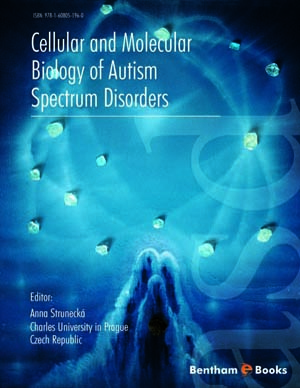Abstract
Mercury is a ubiquitous environmental toxin that causes a wide range of adverse health effects in humans. The population is now exposed to mercury mostly from seafood consumption, dental amalgam, vaccines, and certain pharmaceuticals. Exposure to mercury can cause neurological, immune, sensory, motor, and behavioral dysfunctions similar to traits defining or associated with autism spectrum disorders (ASD). Because of an observed increase in autism in the last decades, which parallels cumulative mercury exposure, it was proposed that autism may be, in part, caused by mercury. The autism-mercury hypothesis has generated much interest and controversy. Thimerosal, a preservative added to many vaccines, has become one of the potential culprits in the pathogenesis of ASD. This chapter shows that the overwhelming preponderance of the evidence favors acceptance of the hypothesis that mercury exposure is capable of causing some ASD if exposure occurs at critical developmental periods. Special attention is paid to forms of mercury of current public health concern, which include vapors of metallic mercury from dental amalgam, methylmercury in edible tissues of fish and whales, and ethylmercury from thimerosal added to certain vaccines. Mercury in all of its forms is toxic to the fetus and children, and efforts should be made to reduce exposure to pregnant women and children as well as the general population. Moreover, emerging evidence supports the theory that some ASD may result from a combination of genetic/biochemical susceptibility and synergistic action of mercury with other excitotoxic contaminants from the environment.






















